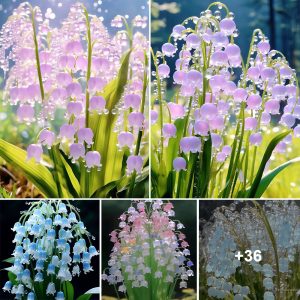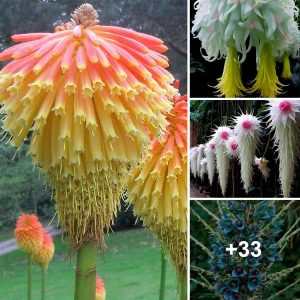Cherry blossoms, also known as sakura, are one of the most iconic flowers in Japan and have become a symbol of beauty and renewal. The delicate pink and white petals that bloom for a short time each spring have captivated people’s hearts for centuries.
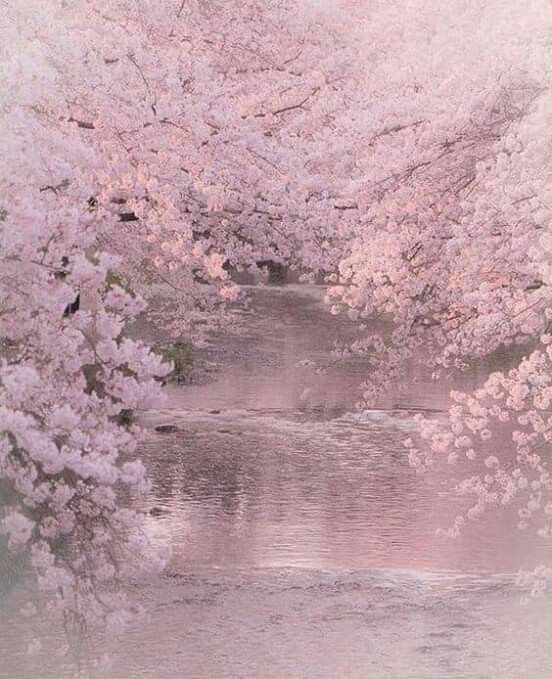
Cherry blossoms have a long and rich history in Japan. They first appeared in Japanese poetry over 1,000 years ago and have been a symbol of the impermanence of life, the fleeting nature of beauty, and the arrival of spring.
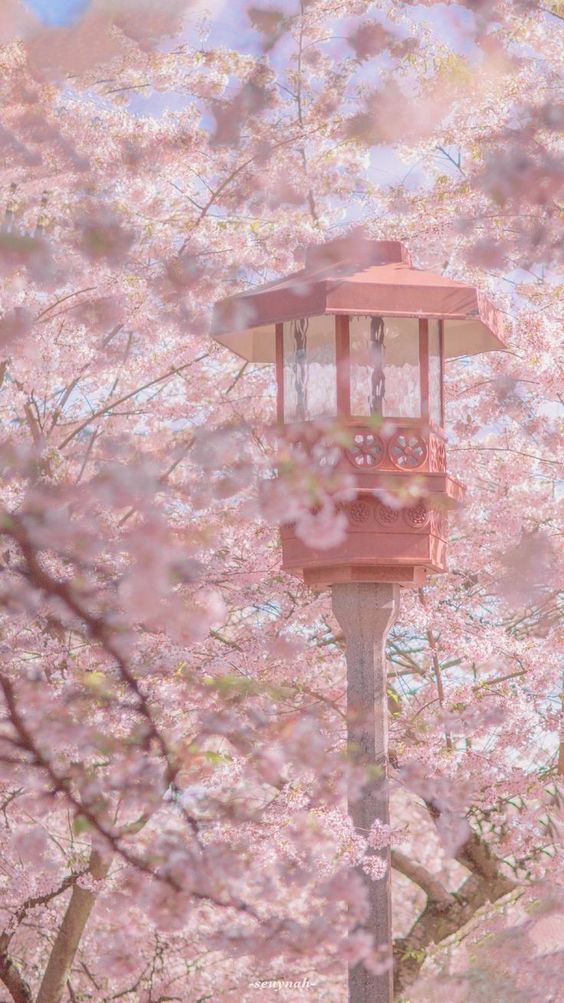
Every year, people in Japan eagerly await the blooming of the cherry blossoms. They gather with friends and family to enjoy hanami, which is the tradition of having picnics or parties under the blooming trees. This tradition has become so popular that many parks and public spaces are crowded with people during the cherry blossom season.

Cherry blossoms are not only popular in Japan, but also in other parts of the world. In the United States, the National Cherry Blossom Festival in Washington, D.C. is held each year to celebrate the gift of 3,000 cherry trees from Japan to the United States in 1912. The festival includes parades, concerts, and other events that attract thousands of visitors.

Apart from their aesthetic beauty, cherry blossoms have also inspired artists, poets, and writers around the world. They represent the transience of life and the importance of living in the present moment. They are a reminder to appreciate the beauty of life and to embrace the changing seasons.
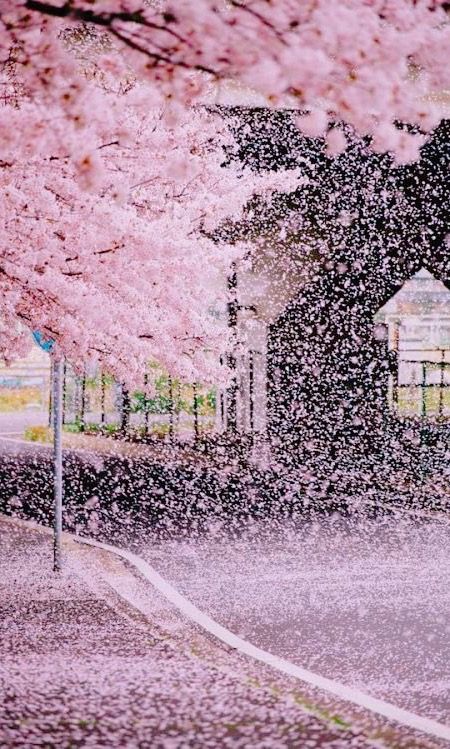
In conclusion, cherry blossoms are a symbol of beauty, renewal, and impermanence. They remind us to appreciate the present moment and to cherish the fleeting beauty of life. Whether you enjoy them during hanami in Japan or at the National Cherry Blossom Festival in the United States, cherry blossoms are a sight to behold and a symbol of hope and renewal for all.
